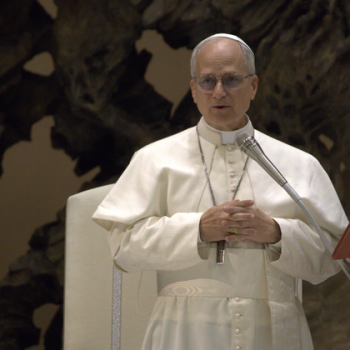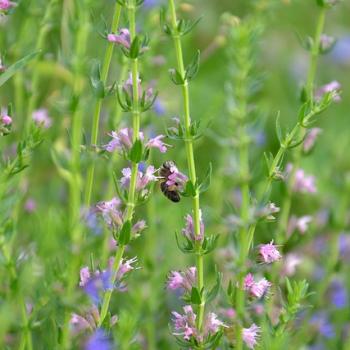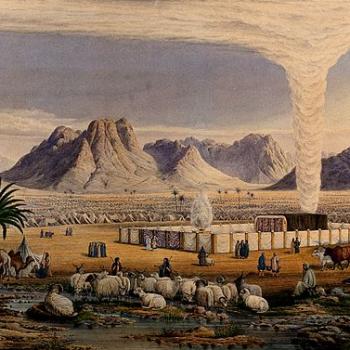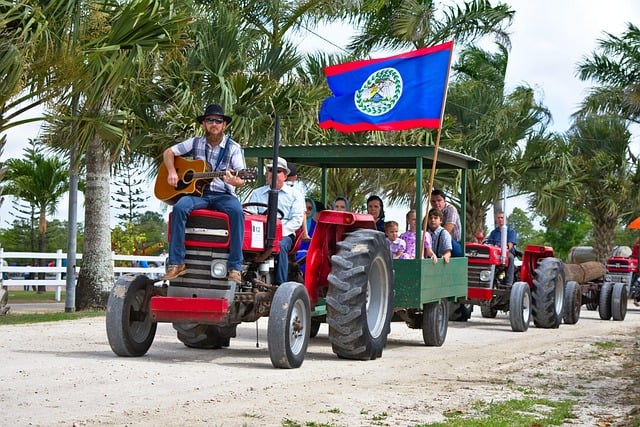
Hearing the word Belize may evoke thoughts of palm trees, scuba diving, and Mayan ruins. Mennonites, however, are highly unlikely to be associated with the Central American country. But surprisingly, this religious group maintains a presence there, and Mennonites make their mark in Belize.
Belize Basics
Located on the northeastern coast of Central America, the tiny, subtropical country of Belize resembles a rhombus in shape. Mexico to the north, Guatemala to the south and east, and the Caribbean Sea to the east provide its borders. Belize is the only Central American country with no Pacific coastline. Its low population, estimated at only 417,300 as of February 2025, makes it the most sparsely populated Central American country.
Until 1973, Belize was known as British Honduras, having been a part of the British Empire from 1862-1981. The country obtained its independence in September 1981, but it remains a member of the British Commonwealth. As a result of its long ties to Britain, Belize’s official language is English the only Central American country with that designation.
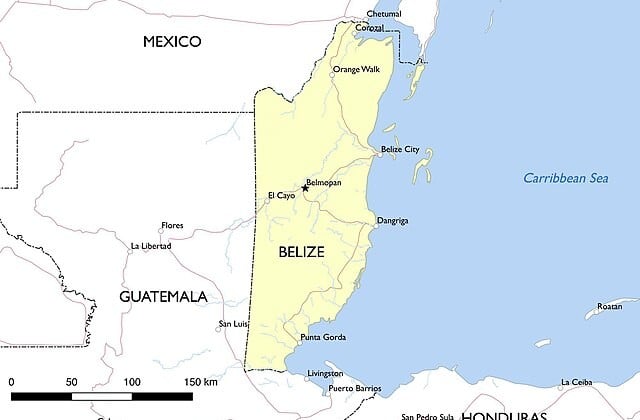
Population Make-Up Of Belize
Despite its low population, Belize offers a melting pot of cultures. In fact, over half of the country’s residents are multi-lingual. Other languages spoken include a creole patois, Mayan languages, Spanish (spoken by the Mestizos), an Arawak-based language (spoken by the Garifuna), and Plautdietsch (an archaic Low German language influenced by the Dutch spoken by the Mennonites). Over 95% of ethnic Mennonites speak Plautdietsch in everyday life.
A 2020 survey identified fifteen Mennonite colonies in Belize. An estimated 15, 297 Mennonites lived in Belize as of 2022, a figure representing less than 4% of the country’s population. The Mennonites, of German descent, live mostly in the rural districts of Cayo and Orange Walk.
Who Are The Mennonites?
Mennonites, a Protestant church, grew out of the Anabaptists, a radical 16th-century reform movement. The group’s name comes from a Dutch priest, Menno Simmons, who consolidated and adopted the work of moderate Anabaptist leaders. Their insistence upon separation between religion in the world stands as their hallmark. This central tenet of Mennonite beliefs sprang from their persecution in the 16th century when they were forced to withdraw from society in order to survive.
Their history explains why Mennonites remain tightly bound with their communities, wearing distinctive clothing such as a plain coat/jacket without lapels for men and a covering like a bonnet made of lace for women. Societal isolation encourages the virtues of hard work, mutual helping, frugality, and piety. In addition to living in closed communities, Mennonites often shun modern technology including, in some cases, electricity. Dating back to 16th-century Europe, the Protestant sect’s members have since moved around the world in search of isolated farmland, and to escape persecution or attempts to integrate them into wider society. Like Mennonites elsewhere, Belize’s colonies have both conservative and progressive members, resulting in differing attitudes towards technology.
How Did Mennonites Come To Belize?
While Mennonites can be found in many countries across the world, their main concentration lies in the US and Canada. Their move southward to Belize occurred in the late 1950s when over 3,000 Canadian Mennonites immigrated to the country from Mexico. Those who moved included traditional, conservative groups as well as Mennonites who have modernized to various degrees. Colonial authorities welcomed the Mennonites with open arms as they sought diligent workers to clear the jungle for agriculture.
Two groups of Mennonites settled in Belize. The Progressive Mennonites typically populate the northern part of the country. The Conservative group is easily identified by their straw hats and dungarees and may often be seen driving a horse and buggy down country roads.
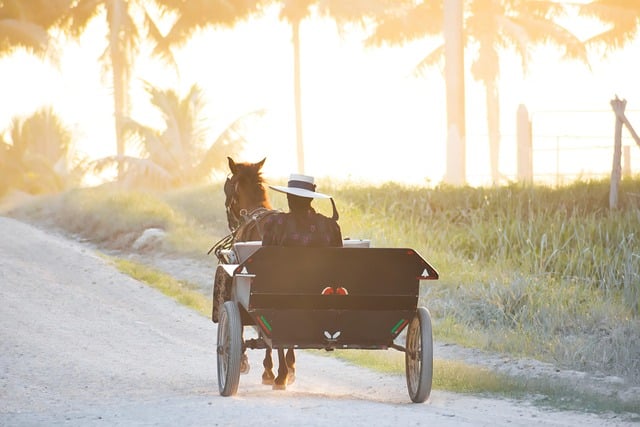
The Mark Of Mennonites On Belize
Upon arrival in Belize, the Mennonites made an immediate impact. Originally farmers, they excel at what they do. Their efforts in clearing the country’s jungle ultimately resulted in highly productive farmland. The Mennonites assisted the country in developing a solid and sustainable agricultural industry, a key in Belize obtaining its independence in 1981.
Today, the contributions of this hardworking Christian group extend beyond agriculture. The Mennonites are skilled in constructing houses as well as manufacturing household furniture with excellent reputations as carpenters and home builders. The group, despite its small percentage of the country’s population, dominates the poultry and dairy markets. Mennonite communities supply most of Belize’s vegetables, hardware and building supplies, poultry, cattle, and dairy products.
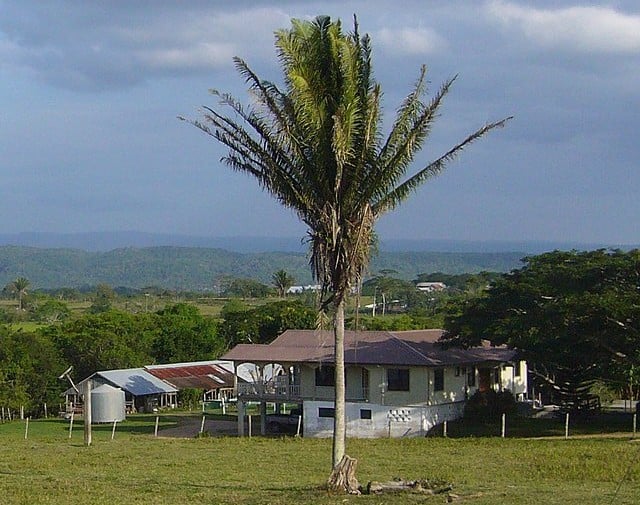
Mennonite Message From Making A Mark In Belize
The story of the Mennonites in Belize is a testament to their work ethic. Although distancing themselves from what they perceive as worldly things, the group has managed to exert a positive influence on the outside community and, in fact, the country as a whole. They enjoy excellent reputations and are respected by Belizeans. The Mennonites have indeed made their mark in Belize with contributions to agriculture and other industries. Most importantly, their actions provide witness of a deep faith which others cannot help but notice.
@lovefmbelize Spanish Lookout Community Celebrates Sixty-Five Years in Belize The Mennonite Community of Spanish Lookout in the Cayo District celebrated over six decades in Belize. Over the weekend, the community held a commemorative ceremony to mark 65 years since the first set of Mennonites migrated from Mexico and settled in Belize. Since then, the community has flourished into an agricultural and industrial giant. Reporter Giovanna Moguel has the story. #Belize #SpanishLookout #Mennonite #parade #celebration #culture #LoveFM #LoveFMBelize #BelizeNews #farm #agriculture #tractors #trucks ♬ original sound – Love FM Belize





